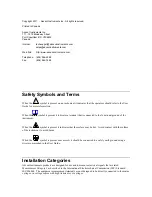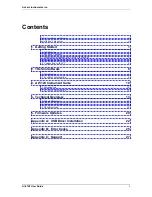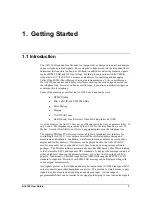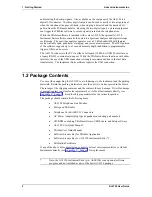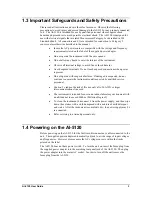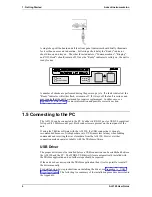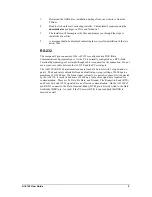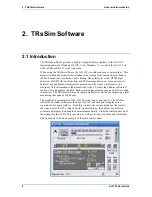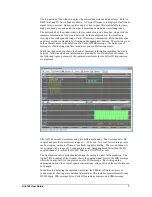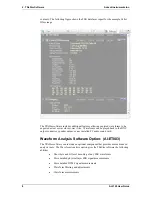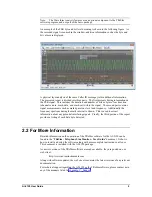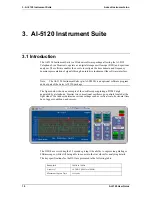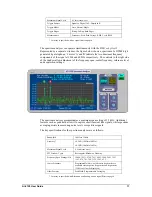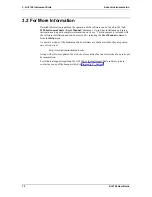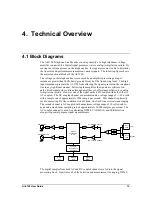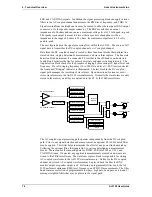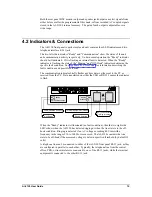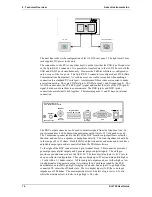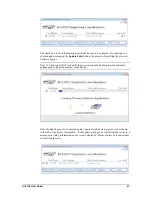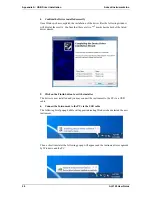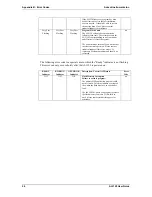
Maximum Signal Level
4 Vrms (sine wave)
Trigger Sources
Signal In, Digital In A, Digital In B
Trigger Modes
Auto, Normal, Single
Trigger Slopes
Rising, Falling, Both Edges
Measurements Frequency,
Peak-Peak Voltage, RMS, Cycle RMS
* Accuracy is specified with no signal filters engaged
The spectrum analyzer can operate simultaneously with the DSO or by itself.
Represented by a separate window, the figure below shows a spectrum of a DTMF digit
generated by a telephone. Cursors 'A' and 'B' indicate the two dominant frequency
components of the signal at 1208 and 698 Hz respectively. The controls to the right side
of the window allow adjustment of the frequency span, center frequency, reference level,
and acquisition settings.
The spectrum analyzer accommodates a maximum span setting of 35 kHz. Additional
features such as peak hold allow it to capture short transient like signals, while spectrum
averaging assists in measuring noise levels or repetitive signals.
The key specifications for the spectrum analyzer are as follows:
Bandwidth
100Hz to 35kHz
Accuracy*
±
0.2 dB (100Hz to 10kHz)
±
0.5 dB (10kHz to 35kHz)
Maximum Signal Level
4 Vrms (sine wave)
FFT Window Types
Rectangular, Blackman, Hanning
Frequency Span Settings (Hz)
35000, 19531, 9766, 7813, 4883, 3906, 2441, 1953,
1563, 976,781, 390, 312.5, 156.3, 62.5
Center Frequency
Programmable (Note: not all center frequencies are
available since negative frequencies and frequencies
>35kHz will not be displayed)
Other Features
Peak Hold, Programmable Averaging
* Accuracy is specified with Blackman windowing, and no signal filters engaged
AI-5120 User Guide
11


